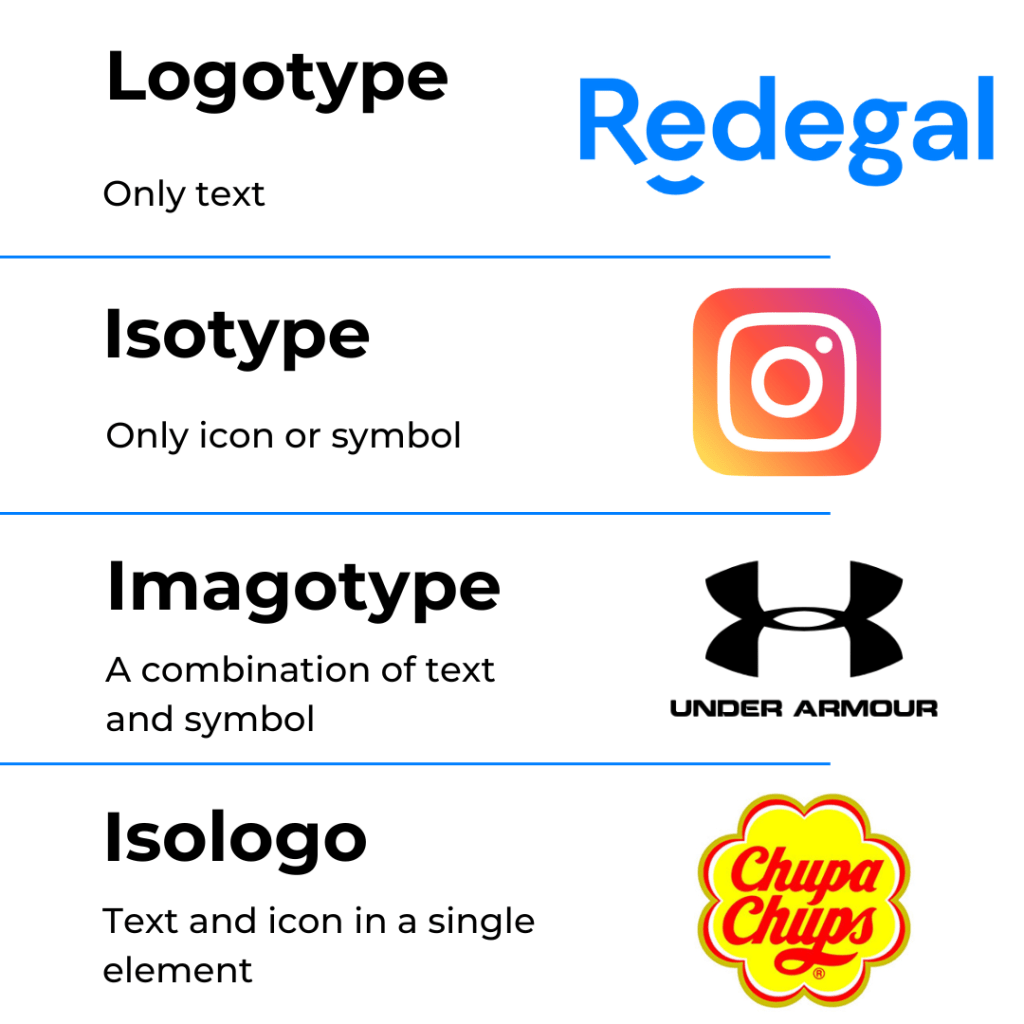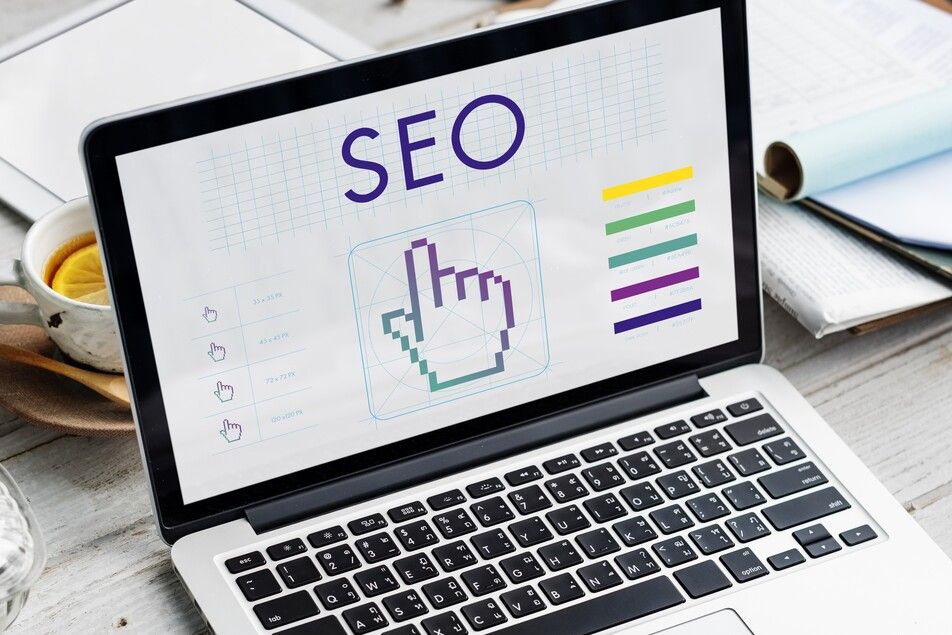
Redegal, Google Partner Premier agency 2025
The corporate image is an essential piece for any company to make an impact on the public and be remembered. What elements make it up, and how can you work on them? We discuss it in this post so you can take your online business to the next level.

A picture is worth a thousand words, and this also applies to businesses. When thinking about a brand, its corporate image, logo, or defining colors often come to mind. Therefore, working on this image is absolutely necessary as it plays a fundamental role in capturing the audience’s attention and staying in their memory.
Corporate image, corporate identity, company image… These are communication-related concepts that can sometimes be difficult to differentiate. In this blog, we will help you stop getting lost among these terms and teach you how to build the corporate image of your digital business. Let’s get started!
The corporate image of a company is the public’s perception of a brand or business. In other words, the meaning it holds in society.
It is also the visual representation of a company. In an increasingly saturated and competitive market, creating an image that introduces the brand and catches attention at first glance is vital. That first impression is key to making a potential customer want to learn more about a brand and develop a positive perception.
Thus, the goal of corporate image is to create a graphical representation that differentiates the brand from the competition and positions it in the market.
There are different types of corporate images. Here’s an overview so you can choose the one that best fits your company, though it may change based on specific goals at any given time:
The concept is often linked to corporate identity, but they have distinct differences:
A strong corporate image helps audiences identify with your brand, makes products and services more recognizable, and strengthens customer loyalty by creating an emotional connection. But that’s not all—there’s much more:
An attractive and easily recognizable corporate image can set your brand apart from the competition. Creating something unique and unseen before will open doors for your company, potentially positioning it as a reference in its industry.
You need to answer the question: How do I want my brand to be perceived in the public’s mind? For example, a stationery e-commerce business might aim to be seen as offering original and high-quality products. This positioning can be reinforced through a well-crafted corporate image to secure a lasting place in consumers’ minds.
A solid corporate image helps build trust with the target audience. It makes the company appear stable and reliable, which can lead to increased conversions and sales.
A well-established corporate image that is perceived positively by the audience adds value to the brand. It’s important to go beyond just products and services—try to communicate the experience customers will have with them.
Many elements define a company’s corporate image since even the smallest details can communicate something. From the logo, colors, and typography to office decor—every aspect matters. Below, we explore the most important ones:
The logo is the cornerstone of the brand. It is not just a design with a specific font; it must reflect and communicate who the company is. That’s why knowing your target audience and having a clear understanding of your company’s values, mission, and vision is essential.
When discussing logos, terms such as isotype, imagotype, or isologo often come up. Here’s what each one means:

To design a great logo, it’s important to understand the company’s personality. However, there are some general characteristics that can help guide the process:
Corporate colors are another pillar. Colors have psychological meanings that influence how customers perceive a brand. Choosing the right ones can shape customer perception—black conveys luxury and elegance, blue represents trust, and yellow symbolizes energy and optimism.
A well-chosen brand color palette should include three to four complementary colors. It’s important to define their specific use—whether for logos, website titles, or secondary design elements.
Choosing legible, attractive fonts available in multiple weights helps enhance corporate image. Selecting a font family based on usage is crucial, as different fonts work better for body text, headlines, or web content.
Using too many different fonts can create confusion, so it’s best to stick to one or two that contrast nicely.
Need Help Creating Your Company’s Corporate Image? At Redegal, we have a team of design professionals who can create the best corporate image for your company to stand out. Shall we talk?
You may be interested in our latest posts

Redegal, Google Partner Premier agency 2025

Bluesky: What is it and how to create an effective strategy

The Super Bowl in a data-driven era

How to work seasonal SEO?
Discover the best digital strategies for your brand
Hi!
We are looking forward to hearing more about your digital business.
Tell us... What do you need?
Fill in the form or call us at (+44) 2037691249